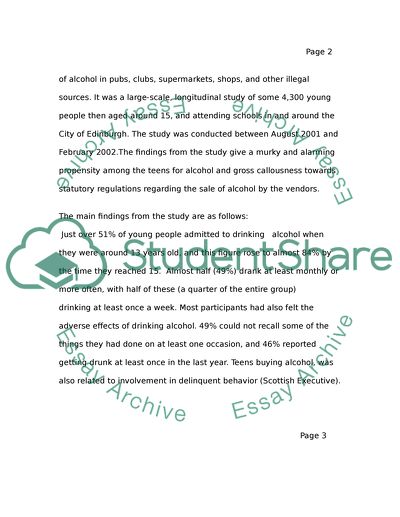Cite this document
(“Alcohol Abuse Among Teenagers Research Proposal”, n.d.)
Alcohol Abuse Among Teenagers Research Proposal. Retrieved from https://studentshare.org/sociology/1505072-alcohol-abuse-among-teenagers
Alcohol Abuse Among Teenagers Research Proposal. Retrieved from https://studentshare.org/sociology/1505072-alcohol-abuse-among-teenagers
(Alcohol Abuse Among Teenagers Research Proposal)
Alcohol Abuse Among Teenagers Research Proposal. https://studentshare.org/sociology/1505072-alcohol-abuse-among-teenagers.
Alcohol Abuse Among Teenagers Research Proposal. https://studentshare.org/sociology/1505072-alcohol-abuse-among-teenagers.
“Alcohol Abuse Among Teenagers Research Proposal”, n.d. https://studentshare.org/sociology/1505072-alcohol-abuse-among-teenagers.


